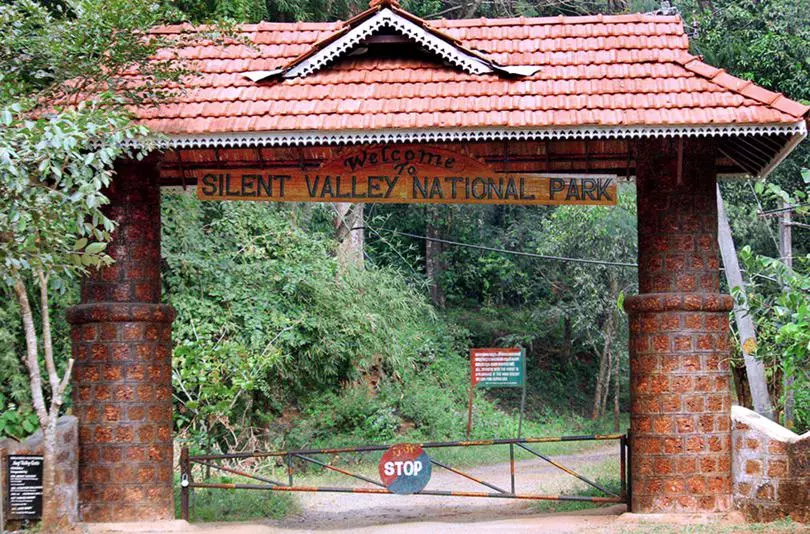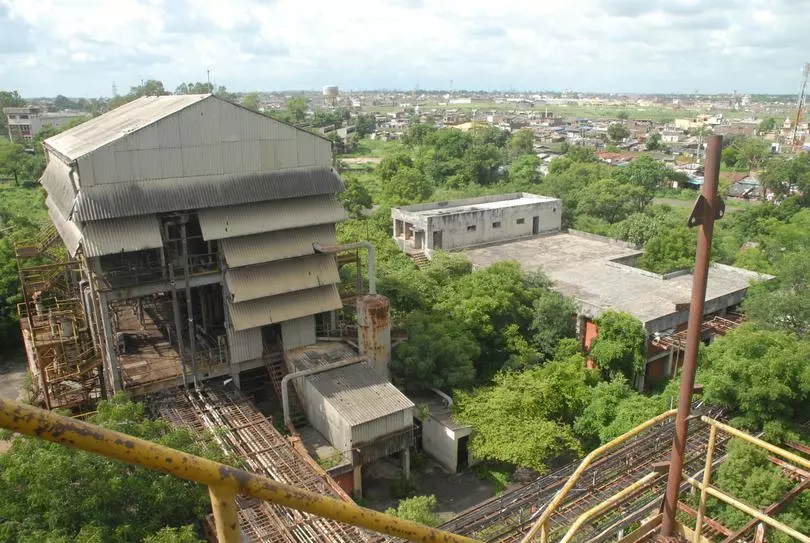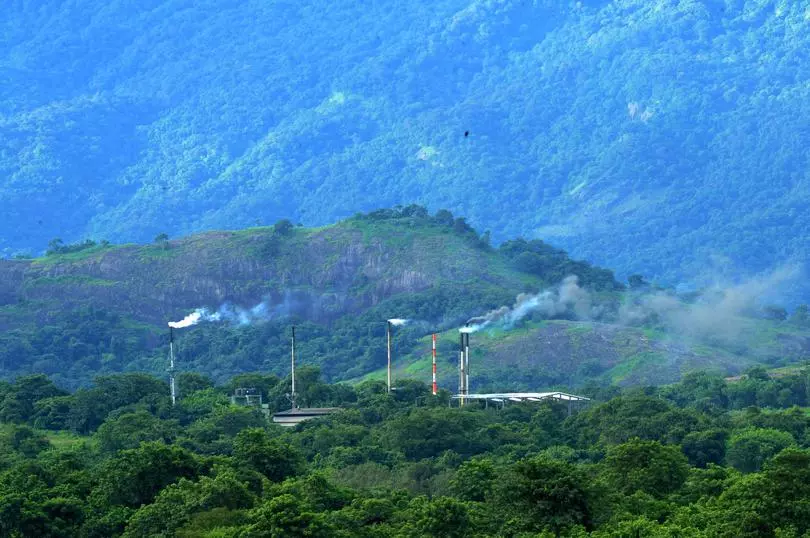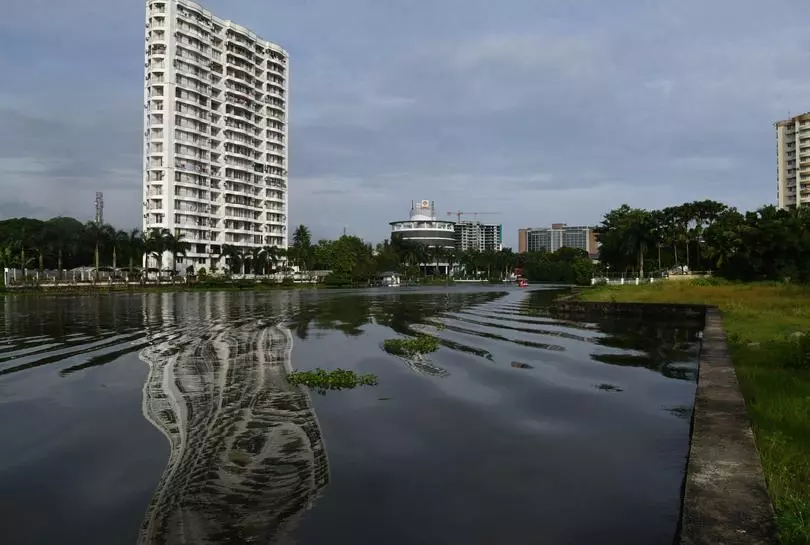India at 75 | Timeline: Environment

There have been innumerable hurdles, but the battle remains spirited.
Colonial era environment laws were oriented towards revenue gain or protecting upper-class interests. The first change came in 1972 when the Stockholm Conference swung the global approach towards conservation and protection. India created the administrative and legal structures that ensured forests,water and wildlife got a new lease of life. There have been innumerable hurdles since, but the battle remains spirited.
1970s
1972: Prime Minister Indira Gandhi establishes the National Council for Environmental Policy and Planning as a regulatory body under the Department of Science and Technology.
1972: Wildlife (Protection) Act. It has four statutory bodies—National Board for Wildlife and State Wildlife Advisory boards, Central Zoo Authority, Wildlife Crime Control Bureau, National Tiger Conservation Authority.

Participants of the first all-woman Chipko squad at Reni village, Uttarakhand on the 30th anniversary of the movement in 2004.
| Photo Credit: Sashikala Asirvatham 2234
1973: Chipko movement born when Sunderlal Bahuguna asks women to tie sacred threads around trees and hug the trunks to prevent timber contractors from cutting down forests in Chamoli and Tehri-Garwal districts of Uttarakhand.
1974: Water (Prevention and Control of Pollution) Act, 1974 . Amended in 1975, 1977, 1978 and 1988.

The Silent Valley National Park in Palakkad.
| Photo Credit: K_K_Mustafah;K_K_Mustafah -
1978: Silent Valley movement, spearheaded by the Kerala Sasthra Sahitya Parishad to protest against the Kerala State Electricity Board’s proposal of a hydroelectric dam across River Kunthipuzha in Silent Valley, an evergreen tropical forest in Palakkad district.
1980s
1980: Forest (Conservation) Act. Prohibits and regulates the de-reservation of forests and prevents the use of forest land for non-forest uses without government approval. States stopped from diverting forest land for non-forest use.
1981: Air (Prevention and Control of Pollution) Act. State and Central Boards were formed to monitor and control air pollution. Amended in 1983. Another Air Act for Union Territories was introduced in 1983.
1983: Appiko movement, inspired by Chipko, in Shimoga and Uttar Kannada districts in Karnataka.
1985: The National Council for Environmental Policy and Planning converted into Ministry of Environment and Forests.
1985: Narmada Bachao Andolan, a movement led by Medha Patkar and Baba Amte against large dams on River Narmada. Though all the dams except one were built, the movement was iconic for the awareness it created.

An aerial view of abandoned Union Carbide factory in Bhopal on June 6, 2010.
| Photo Credit: FARUQUI AM
1985: Bhopal Gas Leak Disaster (Processing of Claims) Act, which conferred exclusive rights to the Indian government to represent all claimants and directed the government to register and process claims of victims.
1986: Environment (Protection) Act. Born out of the Stockholm Conference and the 1984 Bhopal gas tragedy. It has two statutory bodies: Genetic Engineering Appraisal Committee and the National Coastal Zone Management Authority.
1986: Amendment to Mines and Minerals (Regulation and Development) Act, 1957. Although the law promotes mining, Parliament amended it and introduced provisions like the termination of a licence to preserve the natural environment and prevent pollution.
1988: National Forest Policy. Recommended 33 per cent forest cover for the plains and 67 per cent for the hills.
1989: Hazardous Waste (Management and Handling) Rules, promulgated under the EPA. Amended in 2008 and renamed The Hazardous Waste (Management, Handling and Transboundary Movement) Rules, 2008. Further amendments followed in 2009, 2010 and 2016. It stipulates that producers of the waste are responsible for decontamination.
1990s
Early 1990s: Tehri dam was built on the River Bhagirati. Resistance to the dam centred around human displacement, environmental consequences and the dangers of it being located in the geological fault zone.

September 1991: Sunderlal Bahuguna leads the cycle rally from Ganga Sagar to Gangotri to raise awareness about the protests against the construction of the Tehri dam on the Bhagirati.
| Photo Credit: Srinivasan V@Chennai
1991: Coastal Regulation Zone (CRZ) notification issued under the EPA. It demarcated an area of up to 500 metres from the high tide line along the coast as CRZ, classified this area into four categories and regulated activities such as construction in the zone. The CRZ has been modified 35 times, making it the most amended law, with its powers being diluted each time.
1995: The National Environmental Tribunal Act, an outcome of the 1992 Rio Summit which called for judicial and administrative solutions for victims of environmental damage. Under the Act, compensation can be claimed for damages to persons, property and the environment.
1997: National Environment Appellate Authority Act. Created to hear appeals related to restrictions on areas where industries could be located. It operates under the EPA.
1998: Biomedical Waste (Management and Handling) Rules. Segregation, disposal, collection and treatment of this waste was made legally binding on health care institutions. Amended in 2016.

A biomedical waste treatment plant at Kanjikode in Palakkad, Kerala.
| Photo Credit: MUSTAFAH KK
1998: National Zoo Policy, aimed at improving the management of zoos.
1999: Environment (Siting for Industrial Projects) Rules. Cites rules for industrial site selection and says environmental protection has to be incorporated into industrial development projects.
2000s
2000: Municipal Solid Wastes (Management and Handling) Rules. Collection, segregation, storage, transportation, processing and disposal of municipal solid wastes applies to every municipal authority.
2000: Noise Pollution (Regulation and Control) Rules.
2000: Ozone-Depleting Substances (Regulation and Control) Rules to regulate the production, trade and use of ODS.
2001: Energy Conservation Act. It specifies the energy consumption standards for equipment, provides energy consumption norms for consumers and prescribes energy conservation codes for commercial buildings. The Bureau of Energy Efficiency is a statutory body under this Act.
2001: Batteries (Management and Handling) Rules. It puts the onus of environmentally safe disposal of batteries on every manufacturer, importer, consumer and any other dealer in batteries.
2002: Biological Diversity Act. Aims to conserve biological resources, use them sustainably and ensure they are shared fairly with local communities. A three-tier structure regulates access to these resources. It consists of the National Biodiversity Authority, the State Biodiversity Boards and Biodiversity Management Committees at the grass-roots.
2003: Wildlife (Protection) Amendment Act. The amendments made penalties and punishments more stringent for offences against endangered flora, fauna and ecologically important areas.
2006: Wildlife (Protection) Amendment Act. This was again amended and on the same day, the National Tiger Conservation Authority was also constituted. This came into being on the recommendation of the Tiger Task Force to reorganise management of Project Tiger and Tiger Reserves and to fight crimes against wildlife via the Crime Control Bureau.
2006: Scheduled Tribes and Other Traditional Forest Dwellers (Recognition of Forest Rights) Act. he Act aims to balance conservation with human rights.
2010: National Green Tribunal Act. This was an amendment of the 1995 Act. The Tribunal is charged with disposing of cases within six months. Applicants can take the decision to the Supreme Court. Though the NGT has wide powers, it cannot hear anything under the Wildlife (Protection) Act or the Indian Forest Act, 1927.

Technicians dismantle electronic waste at Hyderabad’s first full-fledged safe disposal facility at Earth Sense Recycle unit in Mankhal Industrial Park.
| Photo Credit: Mohammed_Yousuf
2011: E-waste (Management) Rules. Everyone involved in electronic and electrical equipment, from producers to e-waste dismantlers, had to obtain an authorisation to dismantle it. This was amended in 2016 to say only authorised dismantlers could operate in the dismantling of e-waste.
2014: Ministry of Environment and Forests is renamed Ministry of Environment, Forest and Climate Change, officially marking India’s acceptance of global warming and other climatic effects.
2016: Compensatory Afforestation Fund Act. It stipulates that whenever forest land is diverted for non-forest use, the user has to pay for planting a forest over an equal area of non-forest land or on double the area of degraded forest land.
2016: Plastic Waste (Management) Rules, which mandated increasing the minimum thickness of plastic carry bags from 40 to 50 microns and a minimum thickness of 50 micron for plastic sheets. In 2021, the rules were amended to prohibit single-use plastic items, having low utility and high littering potential by 2022.
2016: Regulation of Lead Content in Household and Decorative Paints Rules. It prohibits the manufacture, trade, import and export of household and decorative paints containing lead or lead compounds in excess of 90 parts per million.
2016: The Solid Waste (Management) Rules. This replaced the Municipal Solid Wastes Rules of 2000. The new rules apply beyond municipal areas and incorporated the three Rs: recovery, reuse and recycle.
2017: The Wetlands (Conservation and Management) Rules, which decentralised the management of wetlands, giving States the power to identify and monitor them.

A apartment located on the banks of Vembanad Lake, a Ramsar site in Kerala, which was later pulled down by implosion for violation of coastal zone regulations.
| Photo Credit: THULASI KAKKAT
2022: Forest (Conservation) Rules. The Ministry of Environment, Forest and Climate Change amended the 1980 rules and notified new rules in July 2022. This permits private developers to cut forests without the consent of the inhabitants. It is in direct violation of the Forest Rights Act.
(Source: https://frontline.thehindu.com/)